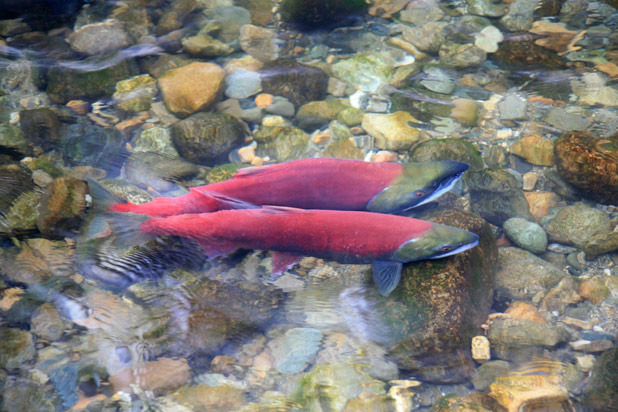How To Save Bristol Bay Slideshow
According to the Monterey Bay Aquarium, wild salmon is a rarity these days, with more than half of the salmon on the global market coming from farms. Salmon farming is associated with numerous environmental and health risks, and the leading seafood sustainability organizations recommend avoiding it. This makes it all the more important to protect the wild salmon resources that we have, and Bristol Bay continues to welcome 40 million salmon to its waters each year. And if you've ever tasted farmed salmon next to wild, you already know there's just no comparison in taste.
2) Importance of Salmon to Bristol Bay
Bristol Bay revolves around salmon. The Bristol Bay salmon run generates a $2.2 billion fishing industry, creates more than 12,000 jobs each year, and provides a livelihood for more than 5,000 Alaskan natives. In contrast, the proposed Pebble Mine project predicts the creation of a mere 2,000 jobs, only half of which would remain after the mine is built.
3) The Pebble Deposit
There's no doubt that the Pebble deposit is massive, estimated to be worth $200 to $500 billion. The mass of copper, gold, and molybdenum has been on the radar of mining corporations for a while, but recently the Pebble Limited Partnership started moving plans forward to develop North America's largest open pit mine in the Bay. The catch? The Pebble deposit lies in the headwaters of the region's two most important salmon spawning streams.
4) The Risks
The risks of the proposed Pebble Mine are far-reaching. The mine would be built in a seismically active zone and require the construction of the world's largest earthen dam to contain the billions of pounds of toxic waste rock that would be generated over the lifetime of the mine. Any release of the waste or metals has the potential to negatively impact the salmon run. Scientists have found that even small traces of copper in the waters affect a salmon's ability to smell and navigate. Factor in a potential mine accident or failing of the dam and we can say goodbye to Bristol Bay salmon as we know it.
5) The EPA Assessment
On May 18 the EPA released a draft watershed assessment of Bristol Bay. The report states clearly that any mining project would have damaging effects on the salmon habitat — even without a potential mining accident. The report also opened up a 60-day public comment period during which people can weigh in on whether the EPA should prevent harmful mining activities in Bristol Bay via the Clean Water Act. Telling the EPA our opinion is an easy step we can all take to make a difference.
6) What We Can Do Now
• Speak out during the EPA's comment period, which ends July 23.
• Are you a chef or food professional? Sign this national letter to President Obama urging him to protect our wild salmon resources.
• Spread the word. Tell your family and friends. Write a letter to the editor of your local paper. Post about the comment period on your blog.
• Vote with your fork. The Bristol Bay salmon season begins at the end of June. The best way to show support for the resource is to eat Bristol Bay salmon. The survival of this fishing community depends on the choices we make as conscious consumers.
